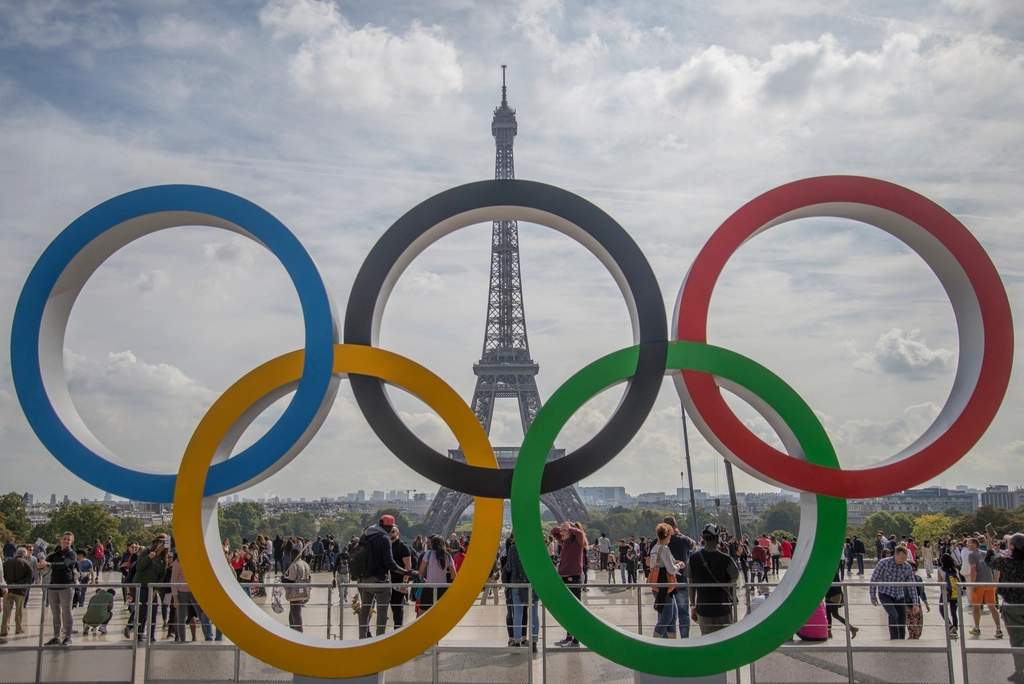Safeguarding in Sports
Creating Safe Spaces for Athletes Course Overview This course on safeguarding in sports equips participants with the knowledge and skills to protect athletes from harm by addressing vulnerabilities, identifying and responding to abuse, fostering safe and inclusive environments, implementing effective …
Overview
Creating Safe Spaces for Athletes
Course Overview
This course on safeguarding in sports equips participants with the knowledge and skills to protect athletes from harm by addressing vulnerabilities, identifying and responding to abuse, fostering safe and inclusive environments, implementing effective safeguarding policies, and ensuring compliance with legal and ethical standards.
Learning Objectives
- Understand the core principles of safeguarding in sports.
- Identify and respond to signs of abuse and neglect.
- Develop and implement safeguarding policies and procedures.
- Promote a culture of safety, respect, and inclusivity.
- Navigate legal and ethical responsibilities related to safeguarding.
- Equip stakeholders with skills to uphold safeguarding standards.
- Evaluate and improve safeguarding measures continuously.
Curriculum
Curriculum
- 5 Sections
- 5 Lessons
- 3 Weeks
Expand all sectionsCollapse all sections
- Module 1: Understanding Safeguarding in SportsSafeguarding in sports refers to the measures and practices put in place to protect all participants—especially children, young athletes, and vulnerable adults—from harm, abuse, and exploitation. It ensures the well-being of individuals while they engage in sports activities.2
- Module 2: Recognizing and Responding to Abuse in SportsAbuse and neglect can occur in any environment, including sports. Within the unique dynamics of sports settings, such as close relationships between coaches and athletes and high-pressure competition, the potential for abuse can increase.2
- Module 3: Building a Culture of Safety and Respect in SportsFostering a culture of safety and respect in sports is essential for the well-being of all participants. Whether it’s in professional, amateur, or youth sports, creating a safe and inclusive environment ensures that athletes, coaches, and staff can perform and interact without fear of discrimination, harassment, or harm.2
- Module 4: Policies, Procedures, and Legal Frameworks2
- Module 5: Training, Monitoring, and Continuous ImprovementEffective safeguarding in sports is not a one-time effort but an ongoing commitment to creating and maintaining safe environments for all participants.2






